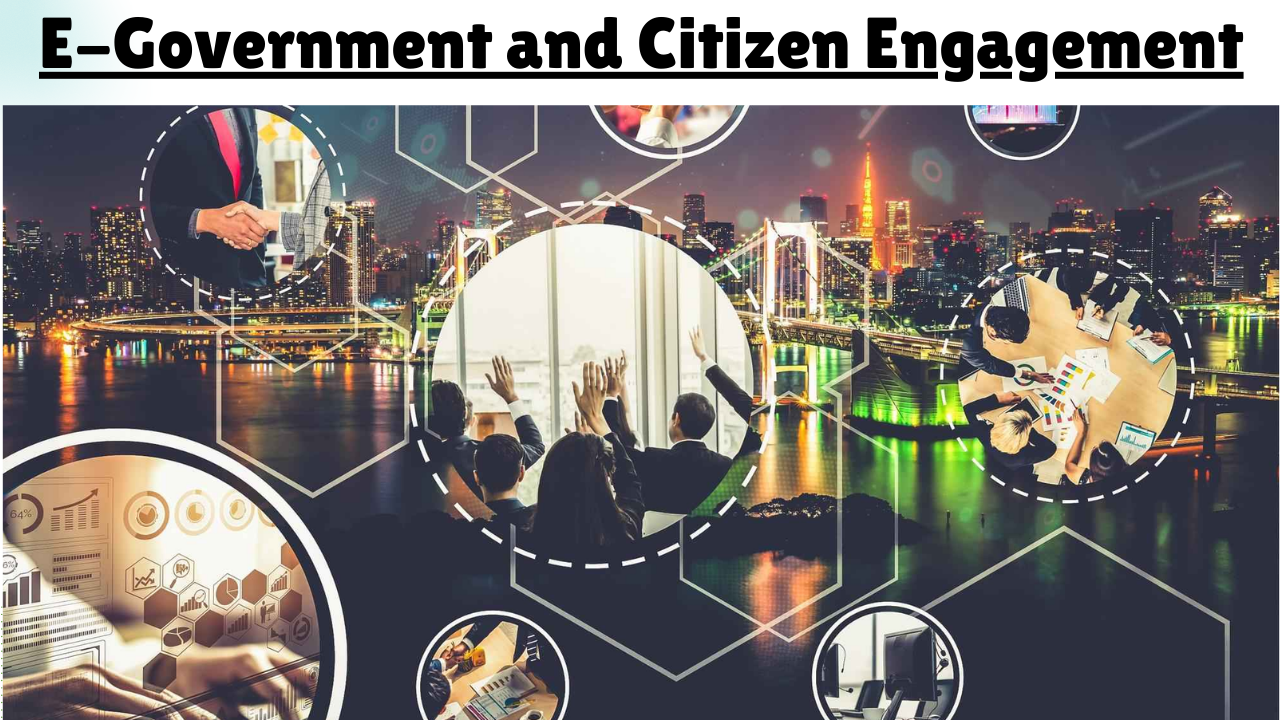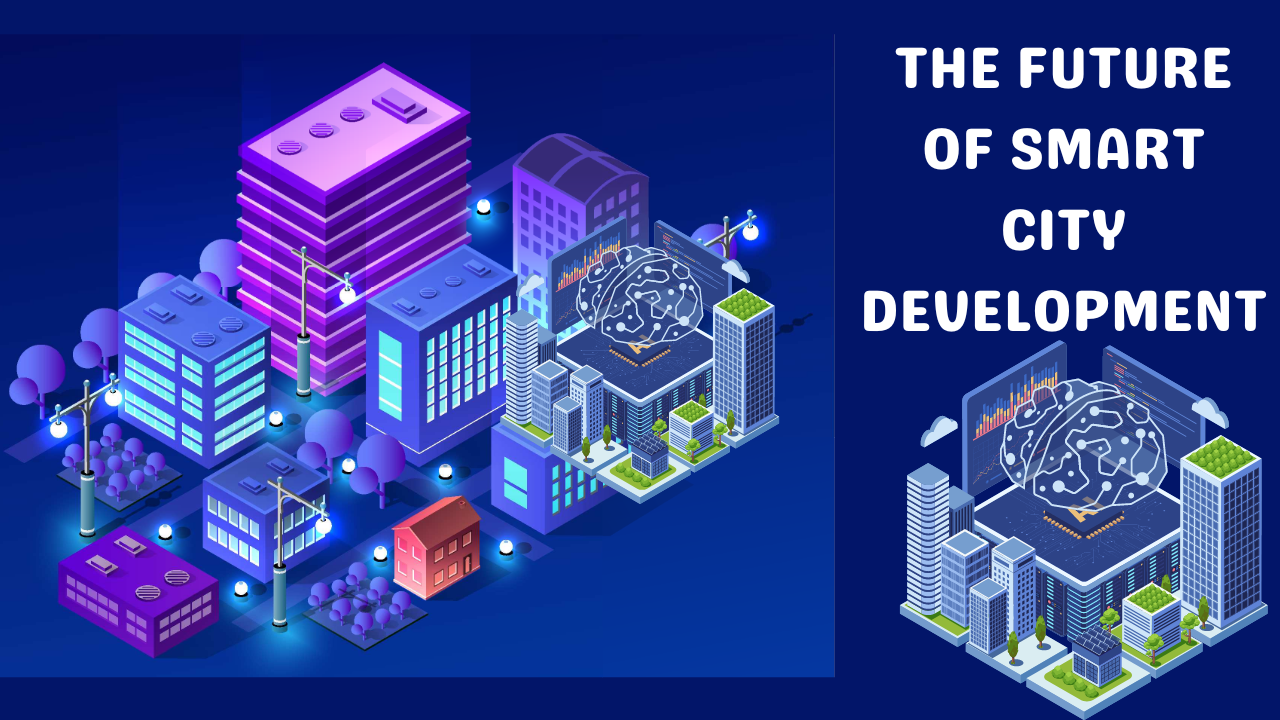Smart cities are reshaping urban landscapes by integrating technology to improve infrastructure, public services, and quality of life. From AI-powered traffic systems to smart grids for energy efficiency, smart cities aim to optimize urban living. These developments are driven by innovative technologies that make cities more sustainable, livable, and responsive to citizens’ needs. In this article, we will explore the key technologies that are revolutionizing smart city development and shaping the future of urban environments.
The Concept of Smart Cities
A smart city uses technology and data-driven solutions to enhance the daily functioning of urban areas. By leveraging Internet of Things (IoT) devices, big data analytics, artificial intelligence (AI), and other advanced technologies, cities can improve public services, reduce waste, increase energy efficiency, and enhance connectivity between people and infrastructure. The goal is to create sustainable, safe, and efficient cities that address the challenges of rapid urbanization.
Internet of Things (IoT) in Smart Cities
The Internet of Things (IoT) is at the heart of smart city infrastructure. IoT involves interconnected devices that collect and share data in real time, enabling city authorities to monitor and manage urban systems more effectively. Smart sensors installed in streetlights, traffic signals, and public utilities provide valuable data to optimize city services. For example:
- Smart waste management: IoT-enabled bins can signal when they are full, allowing for more efficient garbage collection routes.
- Air quality monitoring: Sensors track pollution levels, enabling real-time interventions and long-term planning to improve air quality.
Artificial Intelligence and Machine Learning
AI and machine learning are key enablers of smart city functions. AI-driven analytics help cities process vast amounts of data to make real-time decisions. Here are some ways AI is transforming smart cities:
- Traffic management: AI analyzes traffic patterns and controls traffic signals to minimize congestion.
- Predictive maintenance: Machine learning algorithms can predict equipment failures, allowing for proactive repairs in public infrastructure, such as bridges, roads, and water systems.
Smart Transportation Systems
Efficient transportation is a hallmark of smart city development. Intelligent transportation systems (ITS) use technology to enhance traffic management, reduce congestion, and improve safety. Some of the key innovations in smart transportation include:
- Connected vehicles: Vehicles equipped with IoT sensors communicate with traffic lights and other infrastructure to improve traffic flow.
- Smart public transportation: Real-time updates on bus and train schedules are delivered through mobile apps, helping commuters plan their journeys.
- Autonomous vehicles: Driverless cars and buses are being tested in smart cities to offer efficient, safer public transport.
Smart Grids and Energy Efficiency
Energy consumption is a significant concern in urban areas, and smart grids are emerging as a solution to manage electricity more efficiently. Smart grids are designed to optimize the production, distribution, and consumption of energy while integrating renewable energy sources such as solar and wind power. Key components include:
- Smart meters: These devices allow consumers to monitor their energy use in real time, leading to more conscious consumption.
- Decentralized energy: Microgrids and energy storage systems enable cities to produce and store energy locally, reducing reliance on centralized power plants and improving energy security.
Sustainable Water Management
Water management is critical in cities facing population growth and climate challenges. Smart technologies are being deployed to monitor water quality, reduce waste, and optimize distribution. Some key innovations include:
- Smart water meters: These meters track water usage in real time, helping detect leaks and reduce water wastage.
- Flood management systems: IoT sensors monitor rainfall and river levels to provide early warnings and reduce the impact of floods.
Smart Buildings and Infrastructure
Buildings account for a significant portion of energy use in urban areas, making smart buildings essential for the sustainability of smart cities. Smart buildings are equipped with IoT devices that control lighting, heating, and cooling systems based on real-time occupancy and environmental data. Features of smart buildings include:
- Energy-efficient HVAC systems: Heating, ventilation, and air conditioning systems can adjust based on occupancy, optimizing energy use.
- Automated lighting: Smart lighting systems use sensors to switch off lights when spaces are unoccupied, reducing electricity consumption.
- Building management systems (BMS): These systems monitor and control various functions like security, energy use, and elevators for improved efficiency.
5G and Connectivity
High-speed internet connectivity is the backbone of any smart city. 5G technology is set to revolutionize communication and data sharing in urban areas by enabling faster, more reliable connections. 5G plays a critical role in powering IoT devices, enabling real-time data sharing between millions of connected sensors. This ultra-fast network will:
- Enable real-time services: From autonomous vehicles to smart healthcare, 5G supports the low-latency communication needed for real-time applications.
- Enhance public safety: Law enforcement and emergency services will benefit from real-time video surveillance and communication systems powered by 5G.
Data Security and Privacy in Smart Cities
With an increase in data collection, smart cities face significant challenges in ensuring data security and protecting citizens’ privacy. Strong cybersecurity measures are essential to safeguard sensitive data collected through IoT devices and AI systems. Best practices include:
- Encryption of data: Ensuring that all data transmitted across smart city networks is encrypted to protect it from unauthorized access.
- Secure IoT devices: Implementing robust security protocols for IoT devices to prevent hacking and data breaches.
E-Government and Citizen Engagement
Smart cities promote greater transparency and citizen engagement through e-government initiatives. By digitizing public services, smart cities make it easier for residents to access government resources, report issues, and participate in decision-making processes. Some examples of e-government in smart cities include:
- Online portals: Residents can pay bills, apply for permits, or register complaints through digital platforms.
- Mobile apps: City apps allow citizens to report issues such as potholes, graffiti, or broken streetlights directly to authorities.
Smart Healthcare Systems
Healthcare is another area where smart technologies are making a significant impact. Smart healthcare systems use IoT and AI to provide remote monitoring, improve diagnostics, and enhance patient care. Key innovations include:
- Telemedicine: Virtual healthcare appointments allow patients to consult with doctors without visiting a hospital.
- Wearable health devices: Smart wearables track vital signs like heart rate and blood pressure, enabling real-time monitoring and early diagnosis.
Environmental Monitoring
Smart cities are using advanced technology to monitor environmental conditions and reduce their carbon footprint. Technologies such as IoT and AI are used to track air quality, greenhouse gas emissions, and waste levels, helping cities take proactive measures to reduce pollution and protect natural resources.
Smart City Mobility and Electric Vehicles
One of the most transformative trends in smart city development is the rise of electric vehicles (EVs) and mobility solutions aimed at reducing carbon emissions. Cities are investing in EV infrastructure, such as charging stations and incentives for adopting electric public transportation fleets. Alongside EVs, new mobility services like electric scooters and bike-sharing programs are helping reduce traffic congestion and pollution. Key developments include:
- Electric buses: Many cities are switching to electric buses for public transportation, cutting down on emissions and providing cleaner, quieter alternatives.
- Smart parking solutions: IoT-based parking sensors help drivers locate available parking spaces in real time, reducing the time spent searching for parking and lowering emissions caused by idling vehicles.
Blockchain in Smart Cities
Blockchain technology is gaining attention as a tool to enhance transparency, security, and efficiency in smart city services. Blockchain’s decentralized, tamper-proof nature ensures that data, transactions, and processes are secure and auditable. Some of its potential uses in smart cities include:
- Secure public records: Blockchain can help safeguard important public records such as property deeds and voter registrations, ensuring they cannot be tampered with or lost.
- Energy trading: Blockchain-based platforms allow citizens and businesses to trade excess energy from renewable sources like solar panels, fostering a decentralized, peer-to-peer energy market.
The Future of Smart City Development
As urban populations grow and technology continues to advance, smart cities will become an essential part of sustainable development. The future will likely see even more sophisticated systems, with artificial intelligence taking on a larger role in predictive analytics, autonomous systems managing urban infrastructure, and renewable energy becoming the default. Collaboration between public and private sectors will be key in making smart city projects successful and ensuring that they address the diverse needs of residents while promoting environmental sustainability. Moreover, governments will need to focus on bridging the digital divide to ensure that all citizens benefit equally from smart city innovations.
Conclusion
The development of smart cities relies heavily on innovative technologies like IoT, AI, and 5G to optimize infrastructure, improve public services, and enhance the quality of life for citizens. As these technologies continue to advance, smart cities will become more sustainable, efficient, and responsive to the needs of urban populations. Governments, businesses, and tech innovators must collaborate to ensure the successful implementation of these technologies while addressing challenges such as data privacy and cybersecurity. The future of urban living is undoubtedly smart, and these innovations are laying the foundation for the cities of tomorrow.
FAQs
What is a smart city?
A smart city uses technology to optimize infrastructure, public services, and sustainability by integrating IoT, AI, and other innovations.
How does IoT contribute to smart cities?
IoT connects devices and sensors to collect real-time data, helping cities manage traffic, energy, waste, and water systems more efficiently.
What are the benefits of 5G in smart cities?
5G provides high-speed connectivity, allowing for real-time data sharing between millions of devices, improving everything from public safety to autonomous transportation.
What is the role of AI in smart city development?
AI helps cities analyze data and make real-time decisions, such as optimizing traffic flow or predicting infrastructure maintenance needs.
What challenges do smart cities face?
Challenges include ensuring cybersecurity, protecting data privacy, managing the cost of technology implementation, and ensuring equal access to smart city services.

